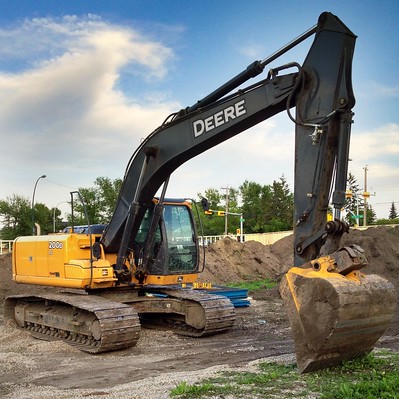Moody’s Investors Service provides rating information for prospective investors in many different industries, including higher education. Higher education institutions like WCC sell bonds to raise money – usually for construction projects. Investors use Moody’s ratings to evaluate the risk of buying bonds. Increasing financial pressure has prompted Moody’s to re-evaluate the attractiveness of higher-education borrowers.
You wouldn’t think that a community college poses a big investment risk. After all, community colleges consistently receive funding from the local community, the state and the students. In March, Moody’s downgraded the higher education sector from “stable” to “negative” based on anticipated losses related to COVID-19. Moody’s had rated the higher education as “stable” for just 90 days. It upgraded the sector in December from negative based on income projections of between 2%-4.5%. The arrival of COVID-19 has reversed the sector’s fortunes.
Under the revised rating, Moody’s predicts widespread instability and uncertainty regarding enrollment and expenses, as colleges and universities try to respond to COVID-19. Financial pressure will come from having to return revenues related to on-campus housing, forgoing fees related to online coursework, and losing auxiliary income streams. Larger schools may not enroll as many international students, who pay much higher tuition than resident and non-resident students do.
The inability to recruit new students or hold on-campus tours may have a negative impact on enrollment. Some universities have committed to reducing the number of students in dorm rooms, which translates into additional lost income. In addition, colleges and universities could see income losses related to investments.
Tuition freeze will only increase the financial pressure on WCC
Some colleges and universities – like WCC – have also announced that they will freeze tuition for an entire year. Freezing tuition is a symbolic move, but it will have real financial consequences for WCC – perhaps for years. Tuition represents about one-third of WCC’s annual revenue, so voluntarily giving up income is significant.
Prior to the pandemic, the WCC Administration had signaled its intention to increase tuition. The CFO indicated that the General Fund was tapped out, and WCC needed a new revenue source to finance the ATC bonds. The Administration also considered another per-credit-hour fee to make the payments on the ATC loans. The ATC is currently off the table, having been sidelined for at least a year.
Freezing tuition will only have a net positive effect if enrollment rises or existing students enroll in more classes. If enrollment and/or credit hours don’t rise, the tuition freeze will simply inflict more financial damage.
Additionally, WCC cannot secure “expense freezes.” It can expect to spend heavily on COVID-19-related costs, salaries and benefits and increases in utilities expenses. The Administration also committed to spending significantly more on IT, thanks to its inflexible, fixed-price managed services contract. While WCC’s expenses will continue to rise, the Administration has taken a voluntary cut to one-third of its income.
WCC could offset its income losses if property values in Washtenaw County rise. Rising property values will generate additional tax revenues. But this isn’t likely to fully offset losses in tuition, fees, auxiliary income and the state appropriation.
Trustees need to stop digging holes
The Administration has already announced that the tuition freeze will only last one year. It has proposed modest increases of $1 per year in 2022 and 2023. Ultimately, those modest increases may be far too small to shield WCC from the longer-term negative financial impacts of COVID-19. Moody’s downgrade and what promises to be an unstable, uncertain economic recovery mean increased borrowing costs for WCC.
The financial pressure brought on by COVID-19 clearly illustrates the long-term value of keeping administrative costs low. Prior to the pandemic, WCC’s Administration was larger than its faculty. It was the Board of Trustees’ responsibility to oversee WCC’s spending to make sure that didn’t happen.
The Administration will also have to contend with the rehab of the Morris Lawrence Building and the Student Center Building. The Administration cannot continue to delay this repair work indefinitely, but now WCC will be hard-pressed to come up with the funds to pay for it. Financing is always an option, but for whatever reason, the WCC Trustees have been loath to seek a tax-backed bond-and-millage to pay for capital projects.
Every time the Administration has sought permission to dig itself a new hole, the Trustees have grabbed their shovels and pitched in to help. This really isn’t the kind of oversight the taxpayers need, want or deserve. Trustees who provide unquestioning support for a misguided pose an exquisite danger to WCC and the community. They have proven that they cannot both pledge allegiance to the Administration and protect the interests of the taxpayers at the same time.
Photo Credit: Ricky Leong, via Flickr























